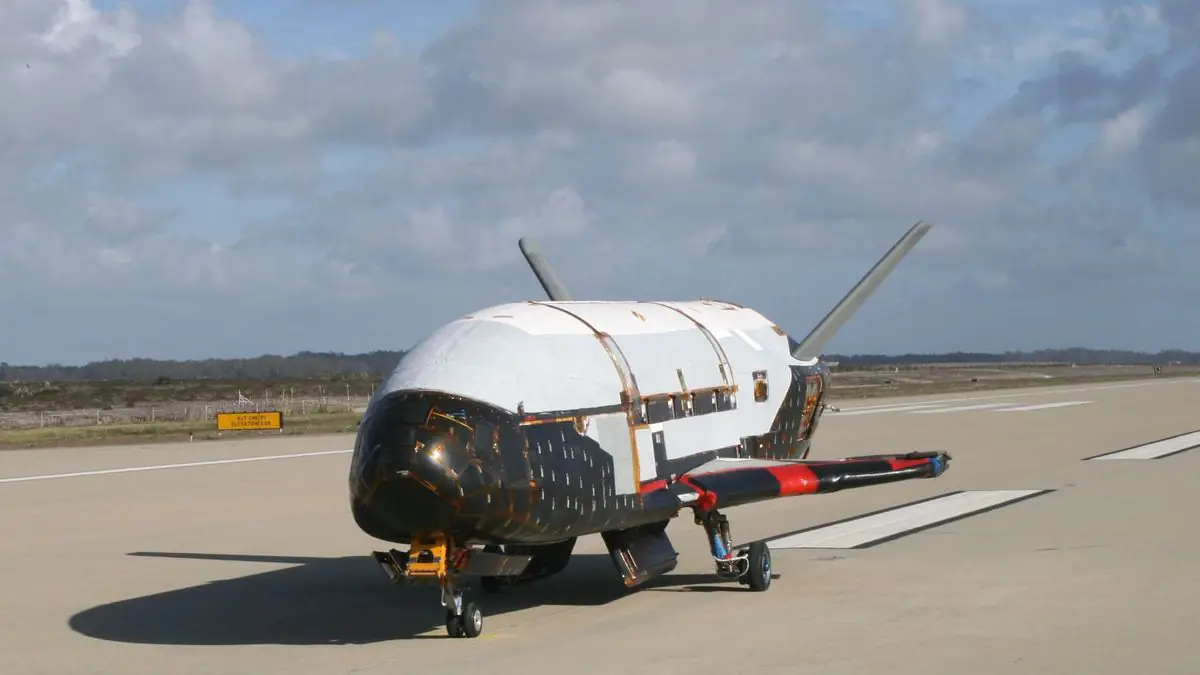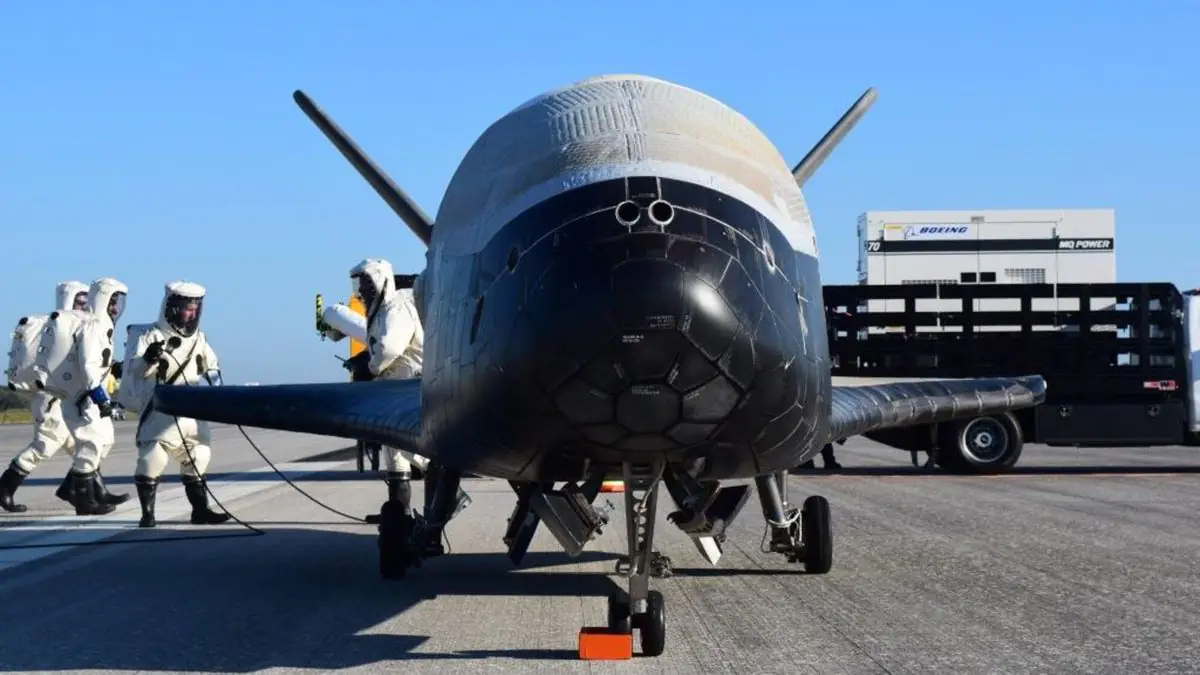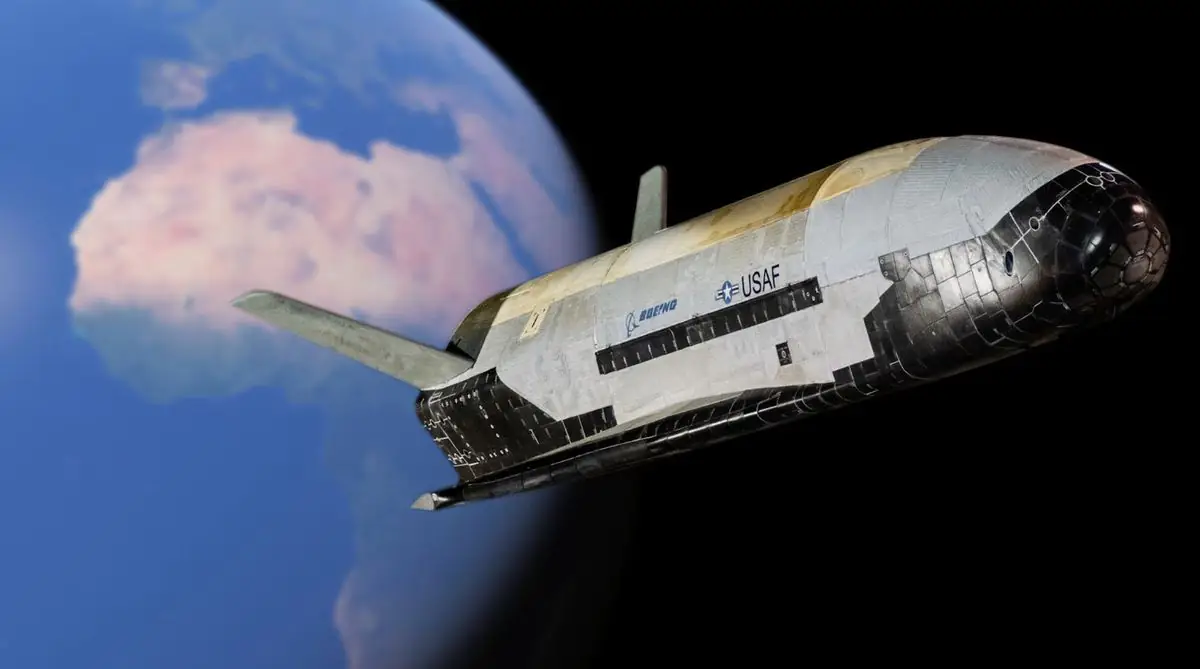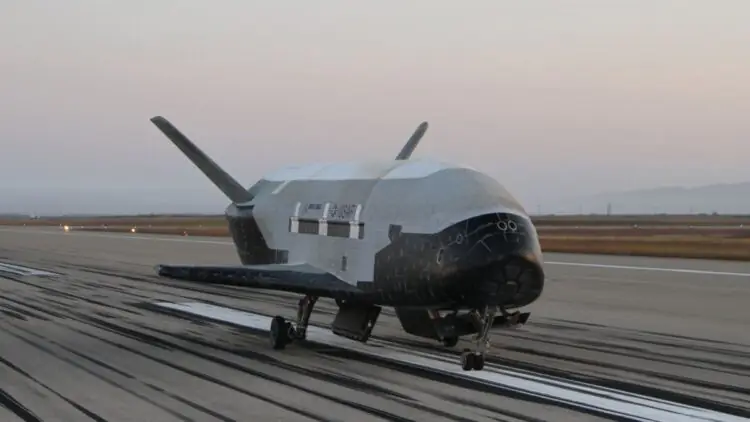President Donald Trump’s proposed legislation, titled the “One, Big Beautiful Bill Act,” includes a $1 billion allocation for the X-37B spaceplane program, operated by the United States Space Force. Also known as the Orbital Test Vehicle (OTV), the X-37B program remains largely classified. Its seventh mission concluded on March 7, when the vehicle returned to Earth after spending 434 days in orbit.
Details about how the new funding will be used – or when the next X-37B launch is planned – remain limited. Boeing, the manufacturer of the spaceplane, referred inquiries to the U.S. Air Force.

“The X-37B program supports risk reduction, experimentation, and the development of operational concepts for future reusable space vehicles,” said U.S. Air Force Colonel Lori Astroth. She added that the X-37B serves as “a flexible space test platform for conducting a variety of experiments that can be sent to space and returned to Earth.” Specific details about the program’s budget and expenditures remain undisclosed.
The most recent X-37B mission (OTV-7) launched on December 28, 2023, aboard a Falcon Heavy rocket. The spaceplane initially entered a highly elliptical orbit before transitioning to low Earth orbit through aerobraking. It completed all planned objectives and returned safely to Earth.
As with its previous mission, which lasted over 900 days, the X-37B utilized a service module designed to expand the vehicle’s capabilities. According to the U.S. Air Force, the successful execution of the aerobraking maneuver demonstrated the platform’s high maneuverability and operational flexibility. This technique involves multiple passes through the upper layers of Earth’s atmosphere, using atmospheric drag to gradually lower the orbit while conserving fuel.

In addition, during its seventh mission, the spaceplane carried out a series of experimental tasks aimed at demonstrating its maneuverability and testing new technologies designed to enhance situational awareness in the space environment.
The manufacturer of the spaceplane, Boeing, previously stated that the X-37B incorporates several technologies being used in space for the first time, including:
- Avionics designed to fully automate deorbit and landing operations
- Flight control and braking systems that rely entirely on electromechanical actuators, with no hydraulic components on board
- A lightweight composite structure in place of traditional aluminum
- A new generation of high-temperature wing leading-edge tiles, reinforced single-layer fibrous heat shields resistant to oxidation, and improved reusable insulation materials.

The U.S. Space Force uses the X-37B as an orbital testbed to trial new technologies, assess the capabilities of similar systems used by potential adversaries, and develop new training environments. This was previously stated by Chief of Space Operations General Chance Saltzman.
Read also:
-
U.S. Air Force Tests SpaceX Starshield Connectivity on C-130J Super Hercules
- U.S. Delays Launch of Early-Warning Satellite
Source: space









